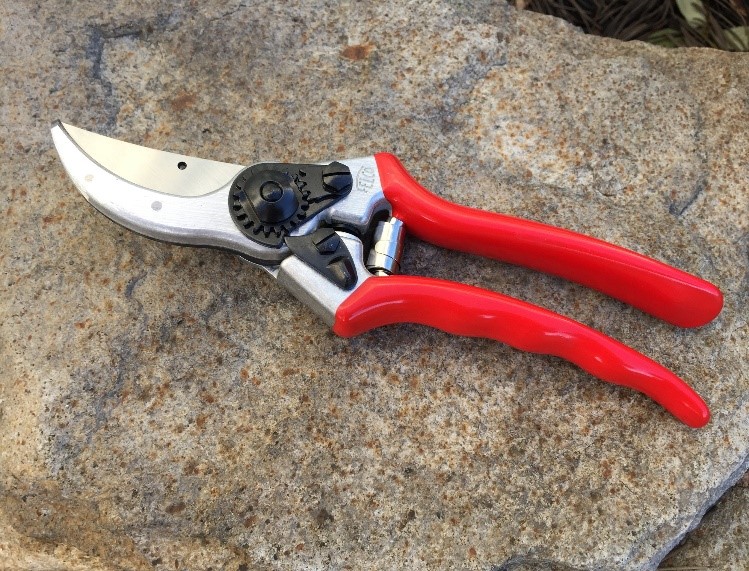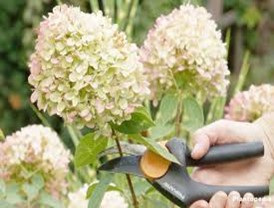November Pruning Time

Pruning Time
In late fall, once all your perennials have started to turn brown and die back, it’s time to prune some and leave some to cut back in spring. It’s common to think that everything should be chopped down to the ground in the fall, but some perennials actually need their foliage to protect new shoots through the winter. Other varieties offer up important habitat for local wildlife and some perennials provide height and interest through the winter months.
Plants to cut back for the winter:
- Bearded Iris
- Bee Balm (Monarda)

- Phlox
- Lilies
- Gaillardia (Blanket Flower)
- Catmint (Nepeta)
- Columbine (Aquilegia)
- Daylily (Hemerocallis)
- Peony (Paeonia)
- Salvia
- Solomon’s Seal (Polygonatum One of my favorite tools the Felco odoratum)
- Yarrow (Achillea)
- Hostas
- Astilbe
There are several common perennials that should be left up throughout the winter for a variety of reasons, including protection, adding winter interest, and helping local wildlife.
Plants to Cut Back In Spring:
- Annual wildflowers. If you planted annual wildflowers like Cosmos, Zinnias, or Sunflowers, leaving them up through the winter helps them to drop their seeds and come back the next year or cut them back and leave the debris on the ground. This should help them drop some seeds for the next season.
- Echinacea (Coneflower)and Rudbeckia (Black Eyed Susan) should be left up until spring to attract and feed birds throughout the winter.
- Sedumand Ornamental Grasses should be left throughout the winter to add height and interest.
- Butterfly Weed (Asclepias),Ferns, and Heuchera (Coral Bells) should be left until spring because the foliage helps protect their crowns.
Hydrangea is an illusive shrub that can be pruned in the late winter/early spring or just after they’ve finished blooming, depending on the variety. Hydrangeas that bloom on old growth (like “Endless Summer”) should be pruned immediately after they’ve finished flowering. Hydrangeas that bloom on new growth (like the popular “Annabelle” and “Limelight”) should be pruned in the late winter or spring. This is why it’s always good to save plant tags or write down which varieties you have in your garden!

Remember, whatever tools you use, it’s essential they’re kept clean and dry between uses to avoid spreading any diseases.
How to Clean Pruning Tools with Alcohol
Pruning tool blades can either be dipped, wiped or sprayed with alcohol solution before moving from one plant or tree to the next.
In my experience, the most effective way to clean the blades of pruning tools is as follows:
- Spray the blades of the pruning tool with 70% alcohol solution.
- Wipe the blade with a paper towel or cloth to clean off any plant sap adhering to them.
- Spay the blade again with 70% alcohol solution and allow it to slowly evaporate.
Allow the alcohol solution to dry naturally, the time that its sits on the blade is the time that it is sterilizing it and killing pathogens.
